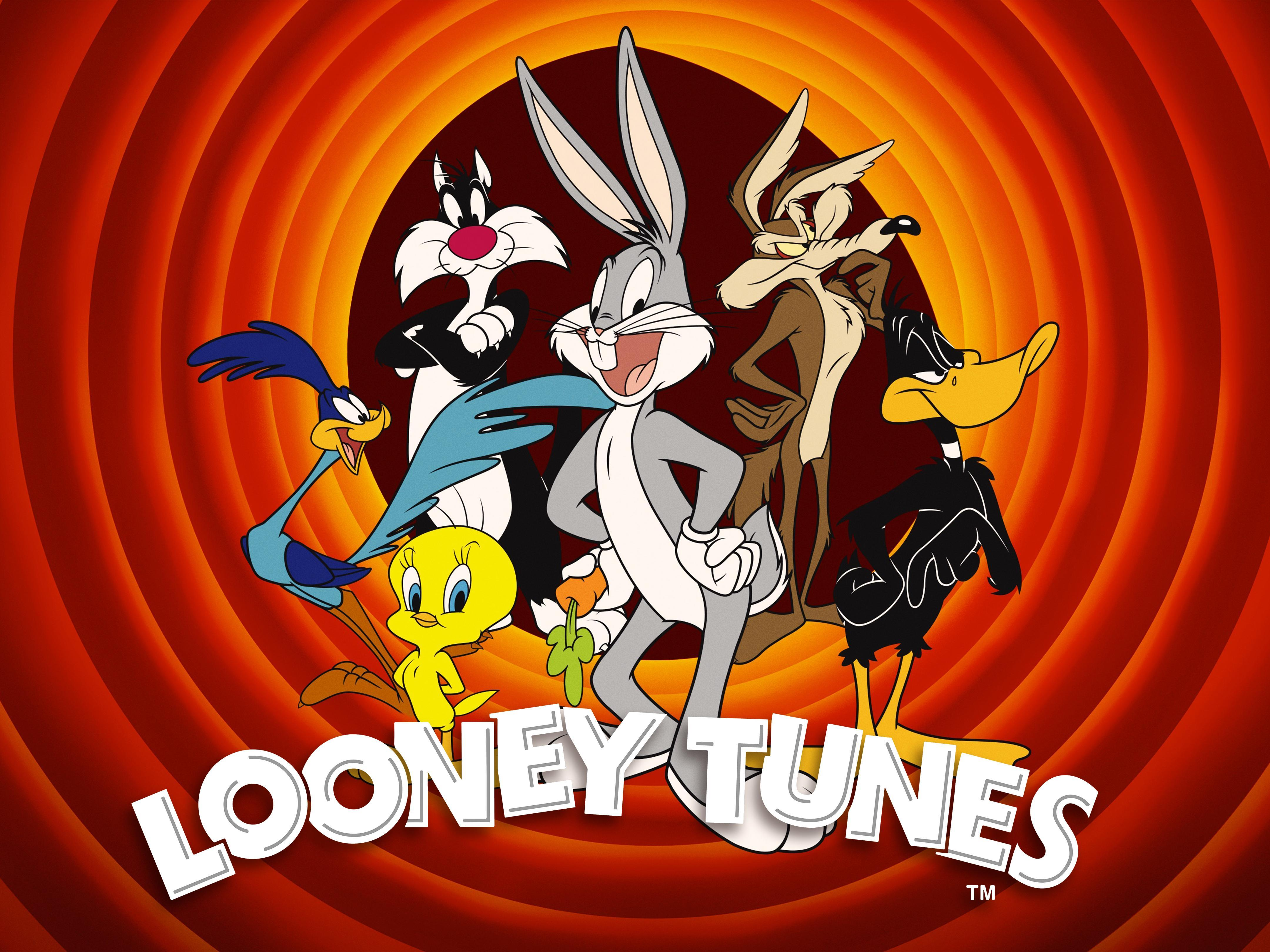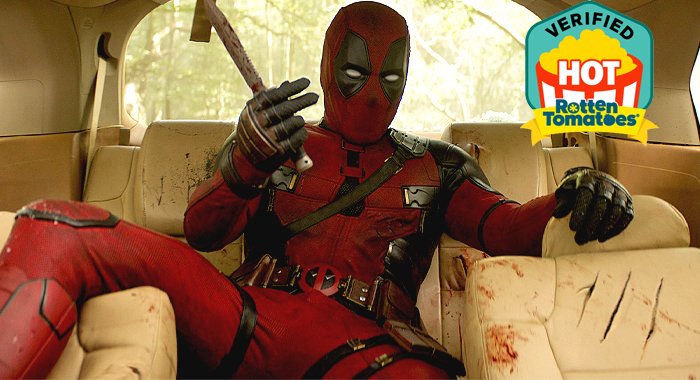Looney Tunes has stood as a cornerstone of animated entertainment since its inception, captivating audiences across generations with its whimsical characters and hilarious antics. As part of Warner Bros Animation’s rich legacy, this beloved franchise not only represents a significant chapter in animation history but also symbolizes a creative era embodied in places like the iconic Termite Terrace. Unfortunately, in a recent move by Warner Bros. Discovery, the original home of Looney Tunes, Building 131, is set to face demolition, signaling the end of an era. This action comes on the heels of the studio’s recent disappointing mishandling of Coyote vs. Acme, leaving fans questioning the future of their beloved show. As nostalgia fades and classic shorts shift to platforms like Roku, the looming loss of such a cherished site leaves a somber mark on the animation world.
The animated universe of the Looney Tunes represents more than just a collection of comedic shorts; it is a vibrant legacy filled with iconic characters and unforgettable moments. Often regarded as a significant milestone in the world of animation, these cartoon classics were born during the legendary production years at Termite Terrace, a hub of creativity and innovation. With the recent news of the demolition of Building 131, which has been integral to the making of Looney Tunes, nostalgia surrounds this decision, marking an important transition for Warner Bros Animation. The franchise’s roots, including projects like Coyote vs. Acme, reflect the studio’s historical impact and innovative spirit in animation history. While the future of the Looney Tunes franchise appears uncertain, the legacy continues to resonate with fans young and old, who cherish these animated characters and their timeless charm.
The Demise of Building 131: A Historic Landmark for Looney Tunes
Building 131, a once-celebrated hub of creativity within Warner Bros. Animation, is set to be demolished, marking a significant loss for fans of animation history. This building was affectionately nicknamed Termite Terrace, a tribute to the animators who brought the beloved Looney Tunes characters to life. The creative chaos that thrived within these walls led to the production of numerous iconic cartoons, including classics like “The Bugs Bunny Show” and many shorts directed by renowned animator Chuck Jones. As we bid farewell to this historic site, we are reminded of its pivotal role in shaping the landscape of animated storytelling.
The importance of Building 131 extends beyond its physical structure; it symbolizes an era of innovation in animation. While it served as a base for the development of many timeless cartoons, its impending demolition comes at a time when Warner Bros. is facing scrutiny over its handling of its animation legacy, including projects like “Coyote vs. Acme.” As the studio shifts focus towards numerous HBO productions, the decision to tear down this landmark raises questions about the future of iconic IPs like Looney Tunes and whether the rich history of Warner Bros. Animation will be neglected in favor of new endeavors.
The Legacy of Looney Tunes: From Termite Terrace to Today
Looney Tunes has been a cornerstone of American animation, with deep roots in Warner Bros. Animation. The legacy established in Termite Terrace continues to resonate with audiences around the world. Characters like Bugs Bunny and Daffy Duck originated from the legendary creativity of artists who worked within Building 131. Their antics and charming narratives set a high benchmark for animated storytelling and comedy. Today, even as plans for the building’s demolition unfold, the influence of Looney Tunes remains omnipresent, inspiring a new generation of animators and creators.
Moreover, while traditional viewing platforms like Max have shifted away from featuring these classic cartoons, new adaptations like “Tiny Toons: Looniversity” showcase that the essence of Looney Tunes lives on. The studio’s engagement gestures towards future projects based on the Looney Tunes universe raise anticipation among long-time fans. Despite the tragic loss of Termite Terrace, the animated universe continues to evolve, reminding us that the heart of Warner Bros. Animation beats on, shaped by the legacy of its past.
Coyote vs. Acme: The Future of Warner Bros. Animation
Warner Bros. Animation has faced turbulent times, particularly with the handling of upcoming projects like “Coyote vs. Acme.” Initially cast into uncertainty, this film has captured the attention of fans eager to see a fresh take on the longstanding rivalry of Wile E. Coyote and the Road Runner. After being shelved, recent developments indicate a potential revival thanks to Ketchup Entertainment, hinting that there is still interest and potential for more Looney Tunes stories.
The anticipation surrounding “Coyote vs. Acme” showcases the enduring popularity of these characters, as fans hope to see a modern interpretation of this classic tale. As Warner Bros. navigates its future, the studio proves that even amid the changing landscape of animation, there is room for the whimsical chaos of Looney Tunes. Whether it’s a feature film or new series, the demand for content from this cherished franchise remains strong, indicating its lasting legacy in animation history.
Animation History: The Cultural Impact of Warner Bros. Discoveries
The cultural impact of Warner Bros. Animation is immense, with its productions shaping the childhoods of millions. Iconic characters and memorable shorts have become foundational to animation history, influencing countless works from emerging animators around the globe. The studio plays a pivotal role in paving the way for future generations, creating beloved franchises that have transcended time and technology.
As Warner Bros. Discovery navigates its legacy amidst changes like the demolition of Building 131, it’s critical to reflect on the cultural significance forged in these creative spaces. The studios not only gave birth to Looney Tunes but also cemented their position as leaders in the animation industry. Even in the face of modernization and shifting consumer preferences, the essence of Warner Bros. Animation remains iconic—rooted deeply in a rich history that continues to inspire.
The Significance of Termite Terrace in Animation History
Termite Terrace, once bustling with animators and visionaries, was home to creative minds who shaped the golden age of animation. Its significance lies not only in the physical caricatures of Bugs Bunny and Daffy Duck but also in the style and humor that defined Warner Bros.’ approach to storytelling. The nickname itself reflects the chaotic yet vibrant energy that permeated the studio, leading to the creation of numerous revered shorts that continue to find appreciation in modern audiences.
As we look back on the importance of Termite Terrace, we understand that it was more than just a workspace; it was a crucible of creativity that birthed a cultural phenomenon. The animated shorts produced in this building paved the way for future masterpieces and set high standards for humor and animation quality. While the demolition of Building 131 marks a sad moment in history, the legacy of the animated genius that flourished there will forever be appreciated by fans and filmmakers alike.
The Future of Looney Tunes: Transition and Transformation
With the changing landscape of animation and the recent removal of classics from streaming platforms, the future of Looney Tunes is under scrutiny. Warner Bros. has been re-examining how to revitalize its animation properties, striving to strike a balance between honoring past triumphs and creating content for modern audiences. The adaptations and new interpretations of beloved characters signal a transitional phase, where nostalgia and innovation must coexist to meet evolving viewer expectations.
As fans speculate about upcoming projects based on Looney Tunes, it is evident that there is a need for creative strategies to re-engage with a loyal audience. While traditional formats face challenges, the brand’s enduring appeal suggests that characters like Bugs Bunny and Tweety Bird still resonate widely—paving the way for storytelling that reflects contemporary themes while remaining true to the comedic spirit that fans adore. The future of Looney Tunes holds promise, fueled by the legacy of its storied past.
Animated Legends: The Lasting Influence of Warner Bros. Animation
Warner Bros. Animation has cultivated a rich legacy filled with animated legends that continue to capture the hearts of audiences. The studio’s distinct style, characterized by clever writing and memorable characters, has defined animation standards for decades. Recognizing this influence is crucial as the industry shifts towards diverse storytelling mediums and formats. Classic characters from the Looney Tunes catalog have inspired entire generations, and their irreverent humor remains a testament to the artistry that flourished at Warner Bros.
As the industry undergoes rapid transformation, the resonance of Warner Bros. Animation remains strong. Los Angeles has become a hub for new creativity, but the creative benchmarks set in places like Termite Terrace linger. The studio continues to innovate while remaining rooted in timeless comedic principles established by legends like Friz Freleng and Chuck Jones. Embracing the past while looking towards the future, Warner Bros. Animation can harness its legacy to inspire new forms of entertainment that will captivate audiences once again.
Max and the Streaming Landscape: Where Do Looney Tunes Fit In?
The streaming landscape has transformed how audiences consume animated content, and the absence of Looney Tunes on platforms like Max raises important questions. Despite being foundational to Warner Bros. Animation, many classic cartoons are now found on Roku rather than premier streaming services. This strategy seems to reflect a shift in focus towards newer content, potentially sidelining the charm and humor of time-honored animations.
However, the ongoing demand for Looney Tunes content illustrates that these beloved characters are far from being forgotten. As Warner Bros. works through the complexities of content curation and digital distribution, fans are eager for the revival of classic Looney Tunes shorts. Balancing between preserving legacy IPs and adapting to modern viewing habits will be pivotal for Warner Bros. Animation to ensure that the magic of Looney Tunes continues to thrive across platforms.
Cultural Reflections: The Impact of Warner Bros. on Animation
Warner Bros. has been instrumental in shaping popular culture through its animations. The studio’s characters, particularly from the Looney Tunes franchise, have become cultural icons that transcend generations. As animated figures that blend humor with social commentary, they reflect societal norms and values, evolving with the times while maintaining their core appeal. This tenacity in cultural relevance is a hallmark of Warner Bros.’ storytelling approach.
As we witness changes within the studio, it’s vital to recognize the role Warner Bros. has played—not just in animation, but in the broader entertainment canon. The legacy of the Looney Tunes provides insight into both the art of animation and the ways in which humor can navigate cultural landscapes. While the future may bring new interpretations and developments, the roots planted by Warner Bros. Animation ensure the continuing impact of its animated legacy.
Frequently Asked Questions
What is Termite Terrace in relation to Looney Tunes?
Termite Terrace is the affectionate nickname for Building 131 at Warner Bros. Studios, known as the original home of the Looney Tunes. It holds significant historical value in animation history as the production hub for many beloved Looney Tunes cartoons during the Friz Freleng era.
Why is Building 131 associated with the Looney Tunes’ history?
Building 131, referred to as Termite Terrace, was where numerous iconic Looney Tunes cartoons were created. Its nickname stems from a historic termite infestation among the animators, and the building remains an integral part of the rich animation history connected to Warner Bros. Animation.
What is the current status of Coyote vs. Acme related to Warner Bros. Animation?
Coyote vs. Acme is currently shelved, following Warner Bros. Animation’s mixed handling of the project. However, there is potential for its revival with Ketchup Entertainment, which recently distributed another successful Looney Tunes film, The Day the Earth Blew Up: A Looney Tunes Movie.
How does the demolition of Building 131 impact the legacy of Looney Tunes?
The demolition of Building 131 marks an unfortunate loss for fans of Looney Tunes and animation history, as the building has played a crucial role in the creation of many classic cartoons. This move highlights a concerning trend in preserving the cultural legacy associated with Warner Bros. Animation.
Where can I currently find classic Looney Tunes cartoons to stream?
Most classic Looney Tunes cartoons are currently available for streaming on Roku, rather than Max, following Warner Bros. Discovery’s decisions regarding the distribution of their animated content.
What does the future hold for the Looney Tunes franchise?
While upcoming projects based on the Looney Tunes IP have not been officially announced, the franchise continues to see releases such as recent episodes of Tiny Toons: Looniversity. Fans remain hopeful for the revival of classic characters and new content from Warner Bros. Animation.
What important productions were created in Termite Terrace?
Termite Terrace served as the operational hub for many classic Looney Tunes productions, including The Bugs Bunny Show in 1960, and was the site where renowned animator Chuck Jones completed his final short, ‘From Hare to Eternity’.
How have merchandising practices for Looney Tunes characters changed recently?
Currently, Warner Bros. executives are primarily focusing on promoting iconic characters like Bugs Bunny and Tweety for merchandising purposes. This strategy raises questions about the future visibility of other beloved characters from the Looney Tunes universe.
| Key Point | Details |
|---|---|
| Demolition of Building 131 | The original home of Looney Tunes, also known as Termite Terrace, will be demolished to make way for additional HBO show production space. |
| Removal of Looney Tunes from Streaming | Warner Bros. removed various Looney Tunes content from their streaming service, Max. |
| Shelved Projects | The project Coyote vs. Acme is currently shelved but could potentially see revival with Ketchup Entertainment. |
| History of Termite Terrace | Building 131 was famous for being the animation hub during the creation of many classic Looney Tunes cartoons. |
| Legacy of Looney Tunes | Despite the building’s demolition, its legacy will be remembered through the classic cartoons and characters created there. |
Summary
Looney Tunes, the beloved animated series that has entertained audiences for decades, faces a poignant moment in its history with the upcoming demolition of Building 131, affectionately known as Termite Terrace. This building served as the original home and creative hub for the iconic cartoons that brought characters like Bugs Bunny and Daffy Duck to life. The removal of classic Looney Tunes cartoons from the streaming platform Max and the shelving of projects like Coyote vs. Acme only add to the feeling of loss among fans. As Warner Bros. Discovery shifts focus to current productions, the significance of Looney Tunes’ past continues to resonate, reminding us of the animated brilliance that emerged from that historic studio.




